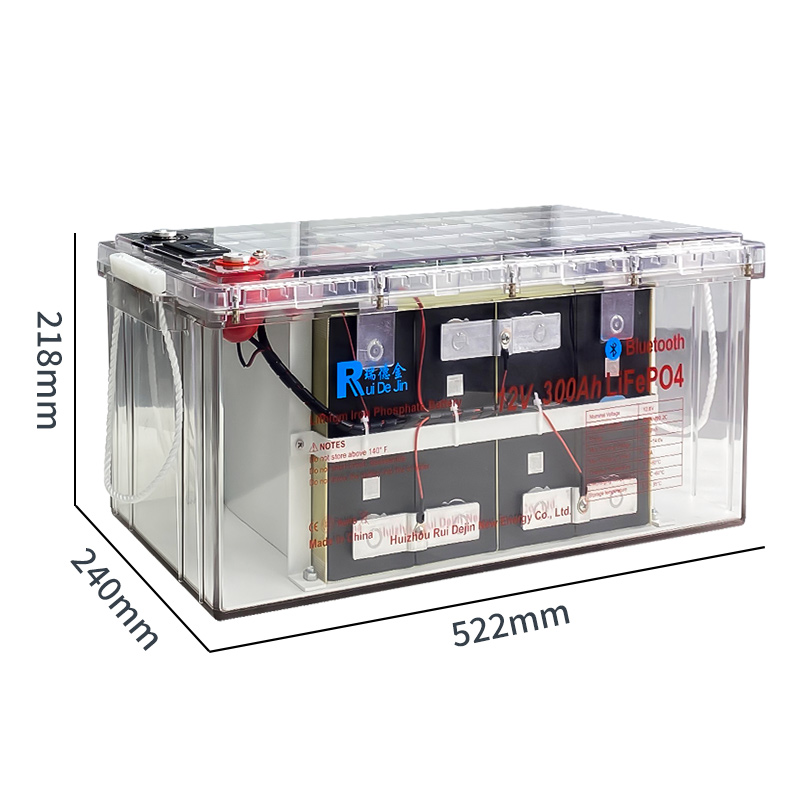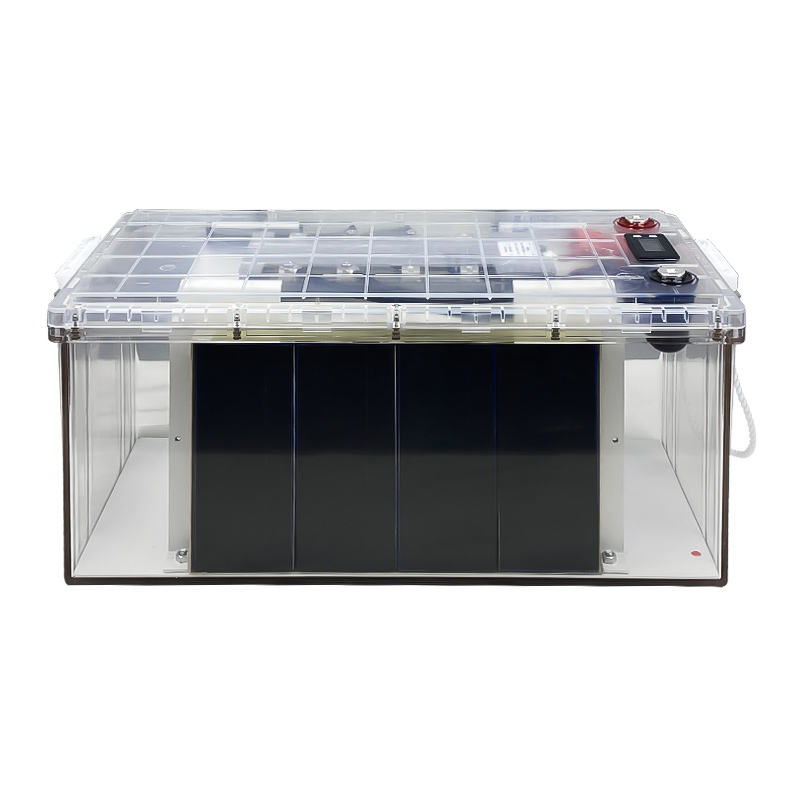Recently, Tesla once again made it to the hot search due to quality control issues.
According to the foreign media Business Insider (BI), Tesla’s leaked internal email showed that it had already known in 2012 that the battery cooling device of the Model S was improperly designed, which could cause a short circuit or even fire.
The email stated that Tesla has commissioned three companies (IMR Laboratory, Ricardo Consulting, and Exponent) to test and investigate battery cooling systems. The three companies presented relevant test reports to Tesla in July 2012 and August 2012, respectively, and all three results pointed to problems with their end connection accessories. However, Tesla’s management turned a blind eye to the aforementioned issues in order to increase production and performance, and even after learning of safety hazards, they still delivered the Model S.
Battery defect or Model S self ignition fuse
According to Lannett Lopez, the author of the BI report, after reviewing multiple internal emails from Tesla and two analysis reports ordered by Tesla due to issues with the Model S cooling system, and communicating with three relevant personnel familiar with the issue, she came to the conclusion that Tesla knew of defects in its battery cooling system design when the first batch of Model S was manufactured in 2012, Easy to cause coolant to leak into the car’s battery pack.
Image source: Tesla official website
According to BI reports, Model S batteries rely on cooling coils to regulate temperature, but the end joints of the cooling coils are made of weak aluminum. Sometimes, small pinholes are formed at the male and female copper joints of the end joints, which may cause short circuits in the car battery or leave flammable residues inside the battery.
In fact, Tesla is not completely unaware of the defects in the Model S battery. The leaked email shows that Tesla had commissioned three companies to test and investigate the battery cooling system before the first batch of Model S left the factory, and all three results showed problems with its end connection accessories.
It is reported that after testing, the IMR laboratory notified Tesla in July 2012 that the aluminum material used for its end connection fittings did not reach the required strength and was likely to rupture and leak. But Tesla still chose to deliver the Model S car after learning the test results. Tesla’s Q3 2012 financial report showed delivery of over 250 Model S.
And Ricardo Consulting dismantled the batteries of Tesla Model S and Model X. Jason Schug, Vice President of the company, stated that while dismantling Tesla’s Model X battery, technicians accidentally leaked coolant from the battery pack. After a considerable period of time, when removed, there was a lot of corrosion on the battery, and even electrolyte was leaking. He believes that if coolant leaks into the battery module, it may lead to battery failure. Exponent also believes that the battery of Model S poses a safety hazard, as it cannot maintain a tight connection between the end of the cooling ring and the two ends of the accessories, which is due to electrolyte leakage
Post time: Dec-28-2023


